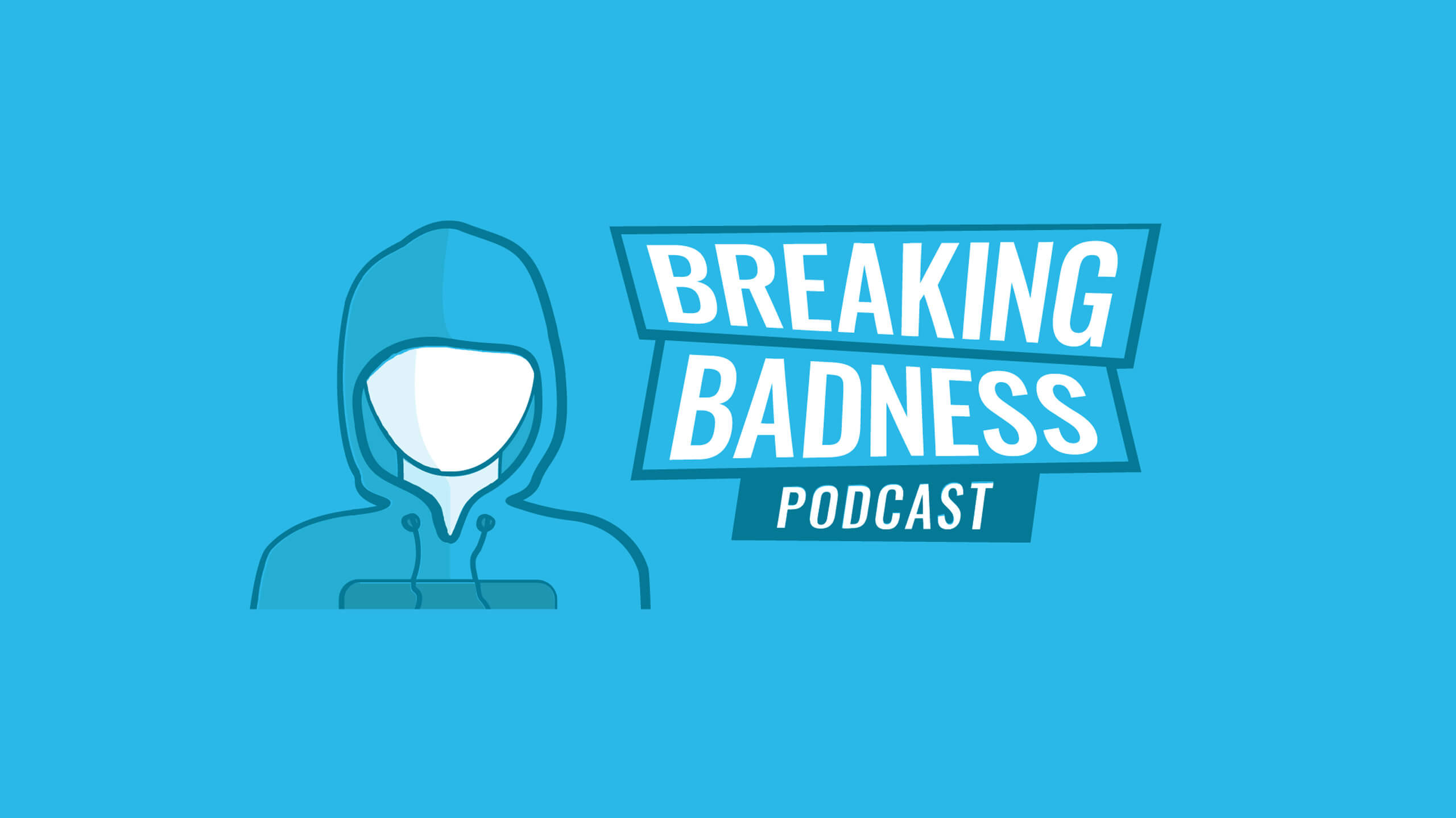Thwarting State-Sponsored Threats: Four Ways to Give Bad Actors More Bad Days
Share this entry
Security Operations Centers (SOCs) often deal with the aftermath of malicious attacks. This is especially true in the federal landscape, as security teams regularly find themselves defending extremely sensitive information from adversaries that have the backing of entire nations. As these adversaries continually refine their tactics, federal SOC teams face an opportunity to not only safeguard these critical assets against evolving threats but to become proactive in learning about the adversary and how to give them headaches. Learn what tools your security team can use, not just for defense but for disrupting the operations of state-sponsored adversaries and give them more bad days.
Challenges in Federal Cybersecurity:
State-sponsored threats that either target federal organizations or impersonate them to target the general public have continued to emerge. Unfortunately, one of our predictions for 2024 is that these threats will continue at an even larger rate in the new year, primarily by means of phishing and smishing. Two of the largest problems faced by federal SOC teams are that they are too busy putting out fires to proactively identify and block these adversaries, and when they are able to thwart one threat, a similar one is able to quickly take its place.
Responding to incidents faster: Federal security teams have some of the most talented individuals in the world. When they’re given the right tools, support, and time to be proactive, every day becomes a bad day for some malicious actors. To make that happen, incident responders need to be equipped with tools that will help them effectively and efficiently respond to and triage potential incidents. There also need to be assurances that time is not wasted on alerts that are not worth investigating. This requires prioritization of threats and a benchmark on those threat’s associated risks to be weaponized for phishing, malware, or spam.
Tracking the wolf to find the pack: All adversaries, no matter how sophisticated, rely on the use—or abuse—of Internet infrastructure that is observable, comparatively static, and often rich in contextual information that defenders can, and do, use to considerable effect in aligning defenses with confirmed or suspected adversaries. Malicious domains tend not to be “lone wolves.” Any malicious campaign designed to have a significant impact will almost universally rely on multiple objects (domains, IPs, certificates, etc); objects that almost always have some feature in common with one another.
Four Ways to Give Bad Actors More Bad Days:
- Near Real-Time Disruption: The DomainTools Iris Intelligence Platform provides SOC teams with near real-time detection, investigation, and enrichment capabilities, enabling your team to disrupt bad actors swiftly and efficiently. This platform is made up of three components. Iris Detect provides a near real-time Internet infrastructure discovery, monitoring, and enforcement platform and API; Iris Enrich is a robust API that includes Whois, DNS, SSL certificate, and risk scoring elements to enrich indicators at scale; and Iris Investigate provides a platform and API that supplies and maps domain intelligence, risk scoring, and industry-leading passive DNS data.
- Personalized Investigation: Armed with Farsight DNSDB’s Flexible Search capabilities, analysts can turn the tables on bad actors, unearthing hidden connections and blunting the effects of malicious campaigns with precision. With its historical DNS data and Flexible Search capabilities, Farsight DNSDB allows analysts to not only uncover hidden connections but also proactively disrupt the meticulously orchestrated campaigns of nation-state adversaries.
- Predictive Risk Scoring for Identifying High-Risk Domains: The Cybersecurity and Infrastructure Security Agency has outlined initiatives following the concept of Zero Trust that they expect federal agencies and the organizations they work with to adhere to. DomainTools Threat Intelligence Feeds with its predictive risk scoring enables Incident Response teams to identify young or high-risk domains and flag or block them in a trusted environment.
- DNS Data for Unmatched Insight: Data within the DomainTools Iris Intelligence Platform and Farsight DNSDB allow users to paint a more complete picture of what the infrastructure of their adversaries represents. DomainTools is the gold-standard Internet intelligence data source; providing users more data, more frequently, and with more full-Internet risk context than anyone for deeper insight.
The DomainTools Iris Intelligence Platform and Farsight DNSDB enable your team to actively disrupt the plans of bad actors, ensuring that their operations face continual setbacks. In the dynamic landscape of federal cybersecurity, the emphasis is not merely on defense but on strategically prolonging the struggle for sophisticated and well-resourced adversaries.
DomainTools Iris Intelligence Platform and Farsight DNSDB, as integral components of federal SOC arsenals, actively disrupt effects of the operations of adversaries seeking to compromise critical federal infrastructure. As federal defenses strengthen, the resilience against state-sponsored threats grows, ensuring that every move by these adversaries is met with formidable resistance, prolonging the struggle and safeguarding the integrity of federal cyber assets. Learn more by reading our Best Practices Guide for Federal Government.







